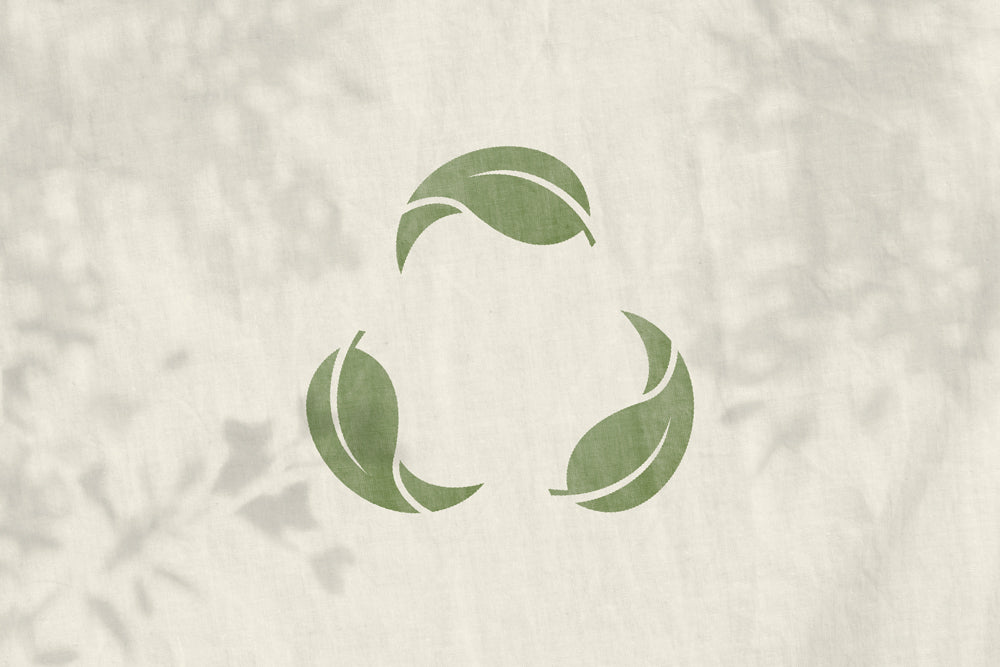The Sustainability of Linen

Linen, a versatile and timeless fabric has gained a lot of popularity in recent years for its eco-friendly qualities and luxurious feel. From being grown in a sustainable way and the positive impact on the wearer, we dive into the world of linen and its contributions to a more sustainable fashion industry.
Linen is derived from the flax plant, known for its slender stems and delicate blue flowers. Flax is primarily cultivated in regions with a moderate climate, such as western Europe, where the soil and weather conditions are more favourable for its growth.
Flax cultivation begins with the careful selection of seeds, which are sown in well-prepared fields. The plant grows for approximately 100 days before it is ready for harvesting. After harvesting, the flax stems undergo a process called retting, where they are soaked in water to loosen the fibres. Following retting, the fibres are separated from the stems and undergo further processing to create linen yarn, which is then used to weave the fabric.
The cultivation process for linen requires minimal water compared to other natural fibres like cotton. Flax is a resilient plant that can thrive with rainfall alone, reducing the strain on water resources. Additionally, the reduced need for pesticides in flax cultivation results in fewer chemical pollutants entering water ways and ecosystems.
Aside from its exceptional environmental benefits, linen is highly durable allowing garments made from this fabric to have a longer lifespan, with a reduction in frequent replacements- contributing to the reduction of textile waste.
When a linen garment does reach the end of its lifespan, it decomposes naturally, making it biodegradable and environmentally friendly choice.
Apart from its environmental advantages, linen offers numerous benefits for the wearer. One of the standout qualities is it breathability. The fabric has natural moisture-wicking properties, allowing air to circulate freely and keeping the skin cool and dry, which is great for warm climates and hot summer months. Aside from its breathability qualities, linen is also good for keeping warm, which is why bed sheets are commonly found to be made from linen. Linen is a hypoallergenic and gentle on the skin.
Despite the many positive features of linen, it is essential to acknowledge some of its drawbacks. One of the challenges associated with linen is its tendency to wrinkle easily. This can be seen as part of the fabrics charm for some, but for others this aspect requires too much care and maintenance. It also tends to shrink if exposed to high temperatures.
Linen is a standout example of sustainability in the fashion industry. With its minimal water requirements, reduced pesticide usage and biodegradable properties, linen is a great choice towards a positive change to a more sustainable future.






Leave a comment